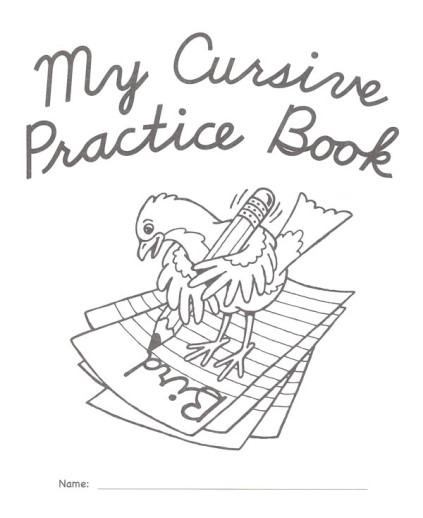We use cookies to make your experience better. To comply with the new e-Privacy directive, we need to ask for your consent to set the cookies. Learn more.
My Cursive Practice Book
Students will be proud to have their very own books, and teachers will love watching their progress! Includes a cursive practice page for each letter of the alphabet, a cute illustration to color that begins with that letter, and pages to practice writing simple words that start with each letter.
Looking for something simple your student can use to practice cursive? With one letter per page and black & white illustrations showing an animal starting with that letter (anteater, bat, cow, deer, etc.), students follow the arrows shown. A teacher/parent will need to help with letter formation as the arrows are not quite enough to guide a child on their own. I should mention the capital Q looks like the number 2. Students then practice connecting letters by writing the names of the animals, followed by their signature. There is an old-fashioned flavor to this little book that was refreshing compared to all the flashy ones we see. ~Sara


We are teaching 3rd grade cursive handwriting
For my Sons